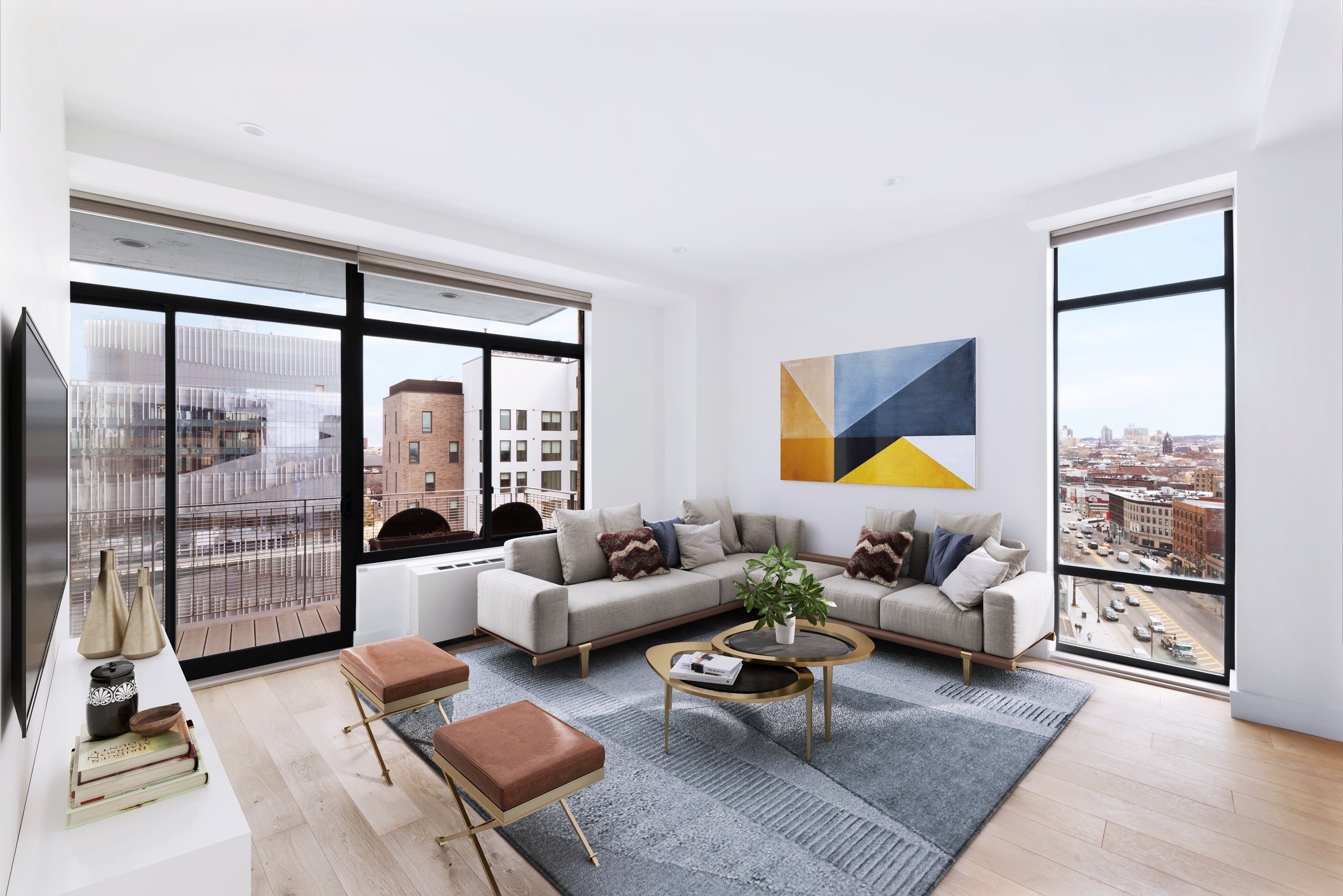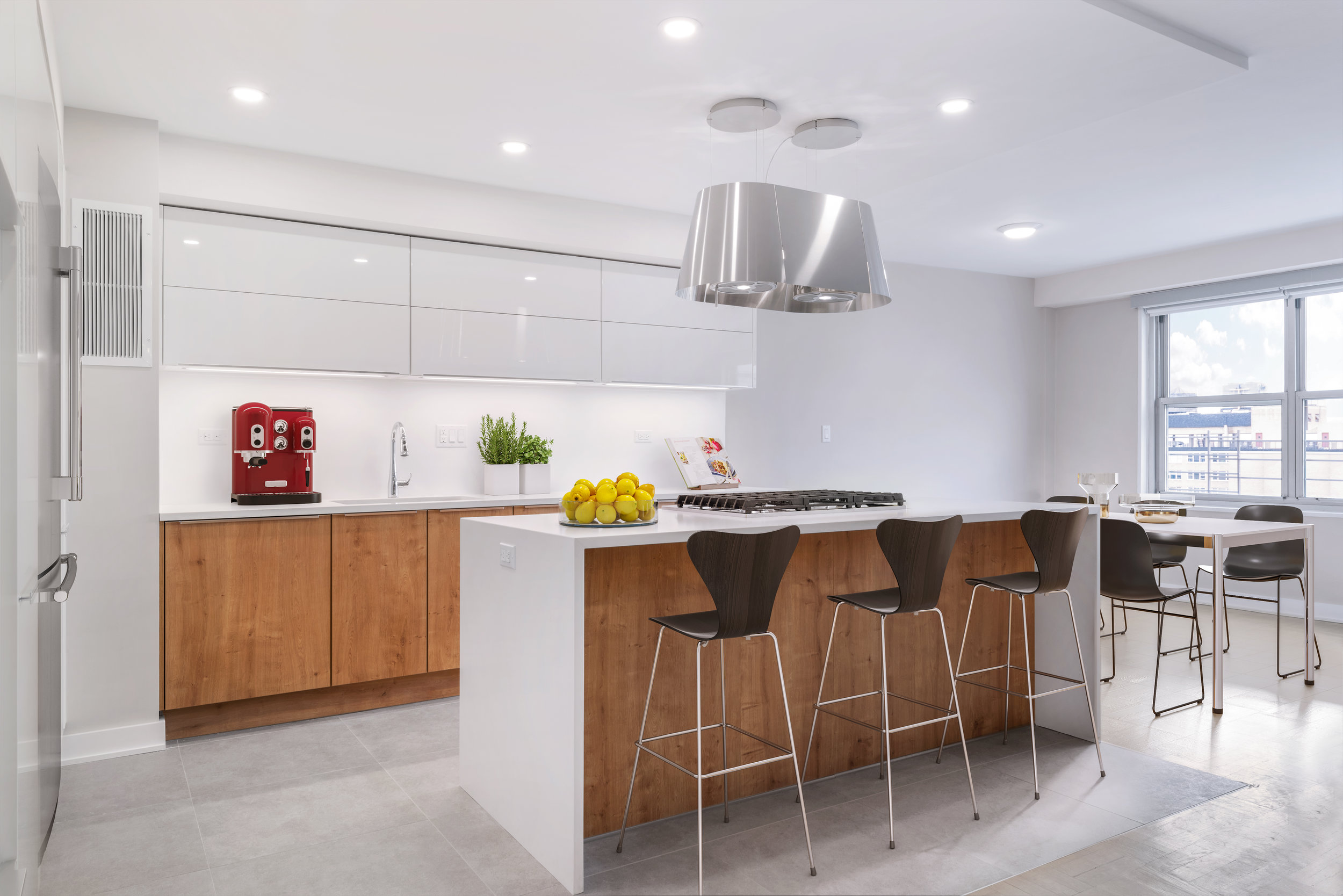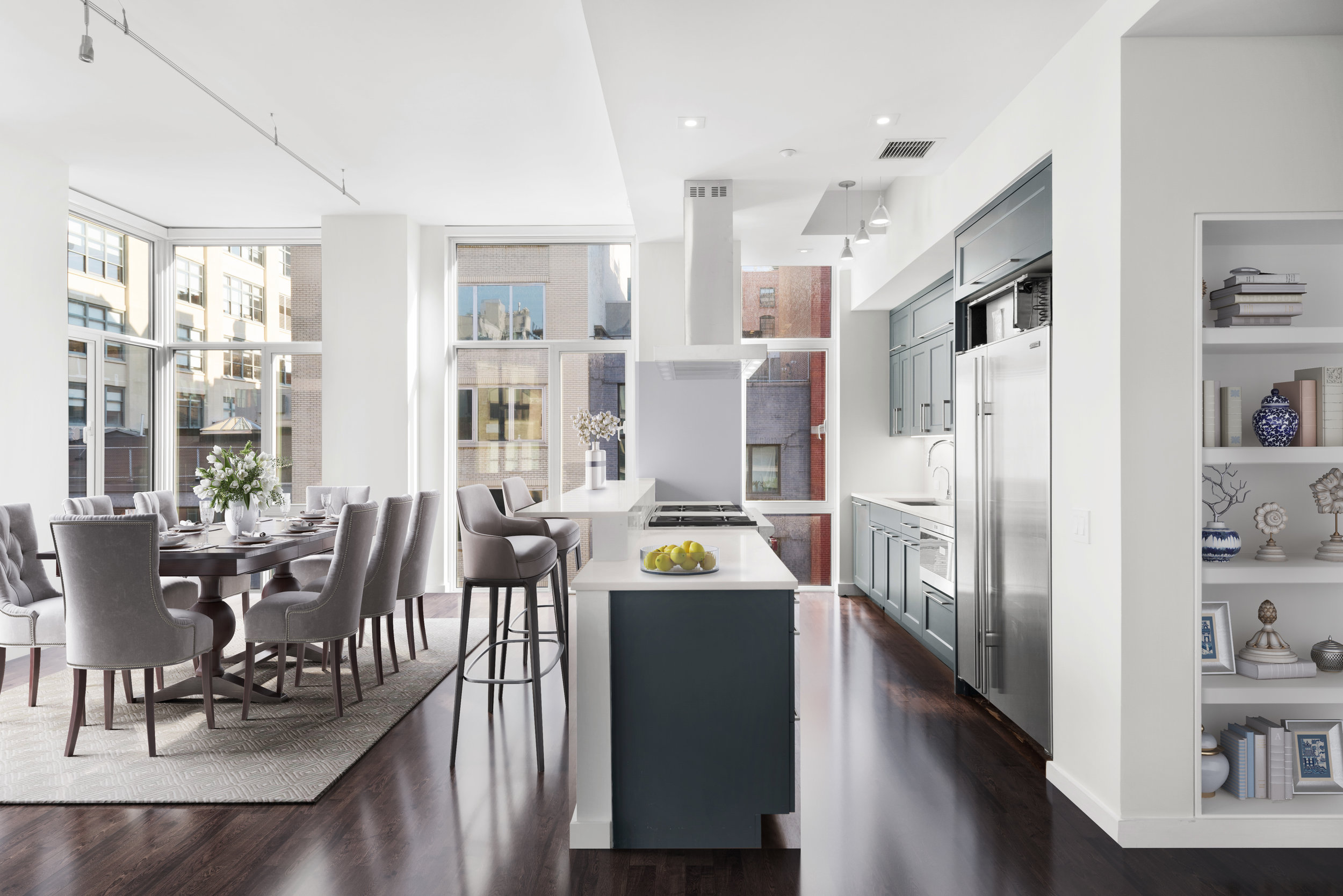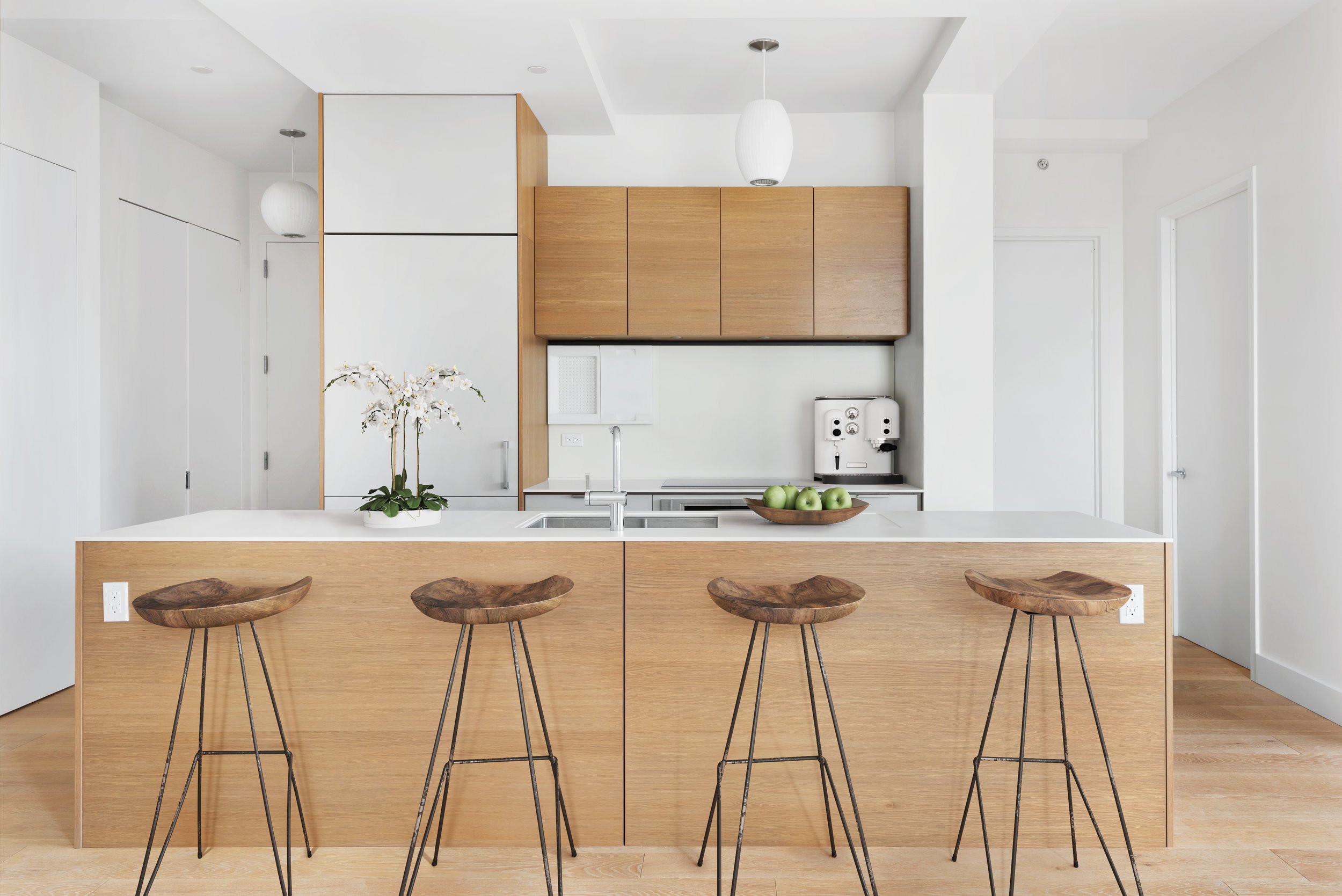5 reasons your contractors’ bids are higher than you (or your architect) expected

Bolster presents each homeowner with a fully itemized, detailed bid that empowers them to make an informed decision.
Picture this: After months (or years) of saving and planning for your NYC home renovation, you’ve got a stellar design from an architect. Now you just need to hire a contractor and get down to business.
But when the bids start coming in, the numbers are shockingly high. The contractors you and your architect have reached out to say the project will cost way beyond what you budgeted for. Now you’ll either have to go back to the drawing board (incurring additional design fees from your architect), shell out far more than you planned, or call off the project entirely. How did this happen?
"Our data reveals that bids from contractors priced off an architect's design come back on average 90 percent over an owner's original budget,” says Fraser Patterson, Co-Founder of Bolster, a New York City-based, design-build firm that has created a seamless renovation experience by delivering industry-leading expertise and a radically transparent process.
Spend less, build faster with Bolster. "We deliver risk-free, on-time, on-budget renovations," says Bolster's CEO and co-founder Anna Karp. "We give you a fixed-priced cost up front, and absorb all unforeseen project costs after the demolition phase. Bolster--not you--is responsible for any and all surprises." Ready to start your renovation? Learn more >>
According to Fraser, the mismatch of budget and bid is most often due to one or more of these five reasons:

1. Your budget was not properly stress-tested against your intended scope of work
To a certain extent, you and your architect are operating in the dark when it comes to how much a project will cost.
“Even architects with years of experience may not have a strong sense of cost, because every renovation project is unique,” says Fraser.
The variables that make it impossible to compare one renovation to another can range from the network of contractors your architect contacts, to the rules for renovating set by your building’s management, to the materials your walls are made of.
“This all plays a part in dictating price, so the best way to understand pricing is to get a contractor who has experience with, and can take command of, all of these variables and produce some semblance of reliability in the pricing,” says Fraser.
The traditional approach is to figure out a project’s cost once you reach the end of the planning process—but by then, bids may come back as much as 90 percent over the initial budget. This late in the game, renovators may find themselves eliminating aspects of their project that they would have known to cut from beginning, had they been armed with more accurate pricing information.
With more than 50,000 square feet renovated in NYC, Bolster understands how to guide New Yorkers through any renovation challenge, from navigating Landmarks to recreating pre-war details, and gives them full visibility into project milestones. "Bolster is the only renovation firm to offer a fixed-price cost up-front. Once we perform due diligence and verify the existing conditions of your property, we absorb unforeseen project costs," says Bolster's CEO and co-founder Anna Karp. Ready to start your renovation? Learn more >>
“Why should renovators pay for architects to design things they can’t afford?” Fraser points out.
This is why before design begins, Bolster produces a cost estimate using an algorithm informed by data from similar projects, as well as professional estimates based on site visits, to provide a statistically accurate prediction of the cost of every project upfront. These cost estimates then enable owners to plan to their budget and avoid getting hit by major sticker shock later.

2. Your architect didn’t consult with a contractor early enough in the design process
While architects have the expertise to transform a client’s wish list into concrete design plans, contractors have the knowledge of construction methods and product costs—and the actual prices from subcontractors and suppliers—that determine the price of a renovation.
“When architects work alone, in isolation from reliable construction and cost information, it increases the likelihood that contractors will eventually come back with bids that homeowners can’t afford,” says Fraser. “It’s a good way to waste six months of planning and $10,000 in re-design fees.”
The best way to address this knowledge gap is for architects and general contractors to collaborate from the outset, creating fast and frequent feedback, applying to the design of your project the same principles entrepreneurs use in lean start-ups.
“Engaging them both at the same time means that as the architect designs, the contractor can estimate the scope of the work and what it’s likely to cost,” says Patterson. “Both can receive consistent feedback from the homeowner as plans develop.”

3. Your scope of work kept increasing as your design was being developed
It’s not hard for renovators to get a little carried away: As you start to feel more excited about your project, it’s common to add new upgrades and other items as you go, without realizing how quickly all those little details can accumulate—and dramatically raise costs.
“With traditional renovations, owners typically wait quite a while before they get a global view of their projects, and when they don’t have access to the final numbers, they can be in for an unpleasant surprise by the time they see contractors’ bids,” says Fraser.
To avoid this, it’s important for the owner, architect, and contractor—all working together—to create a very specific list from the outset, in order to see each line item and understand what it is really wanted.
“Clarity from the beginning makes it harder to deviate from plans and trigger extensive changes later on,” says Fraser.

4. The information provided to contractors was not suitably structured to obtain “like-for-like” pricing
A common complaint Fraser hears from renovators—in addition to bids coming in over budget—is that they can’t understand the pricing on a bid, and what they’re being charged for.
“There is no standardized structure in the industry for how the various components of a project are presented on a bid,” says Fraser. “For a $1 million renovation, for instance, a renovator might receive a bid with hundreds of line items, multiple columns, and dense pricing data, structured at the whim of the estimator.”
Not only is this difficult to read and interpret, but it will also likely be different from other bids, with variations in how items are listed and calculated. When you can’t compare one bid to another, it becomes impossible to make an informed decision. And trying to get to the bottom of confusing bids by questioning contractors over the phone or email is very difficult, adding a layer of distrust between client and contractor that can slow down the whole process.
That’s why Bolster presents each homeowner with a fully itemized, detailed bid that empowers them to make an informed decision.

5. The pricing information that's coming back from contractors doesn't carry any penalty for inaccuracy
Unfortunately, contractors don’t face any penalty for presenting false or inaccurate information, which places the onus on homeowners or architects to dig deep and figure out whether or not to trust a bid.
“When you’re not receiving apples-to-apples pricing across bids—and you don’t understand the techniques that contractors use to make their calculations—it’s challenging to determine who is telling the truth, and who might be undercutting the competition to win your project,” says Fraser.
It’s tempting to go with the contractor who is presenting a lower total cost, but if they’re underestimating, you might have just walked into spending hundreds of thousands on your project that you did not intend to. That’s one reason Bolster offers a financial guarantee to ensure your project is successfully completed on time and on budget.
The Bolster Smart Renovation Zero-Risk Guarantee
How can a design-build firm guarantee a Zero-Risk renovation?
Bolster has pioneered Smart Renovation. We apply quantitative analysis along with our proprietary technology solution to identify and quantify the performance risk on every renovation project. The result is a personalized strategic approach to each renovation that allows us to absorb 100% of the homeowner’s risk. Your home will be beautifully designed, and delivered on-time and on-budget. That is our guarantee.
Smart Renovation & Zero-Risk means that Homeowners are now free to dream.
To start your major home renovation project visit bolster.us
The Bolster Promise video



























